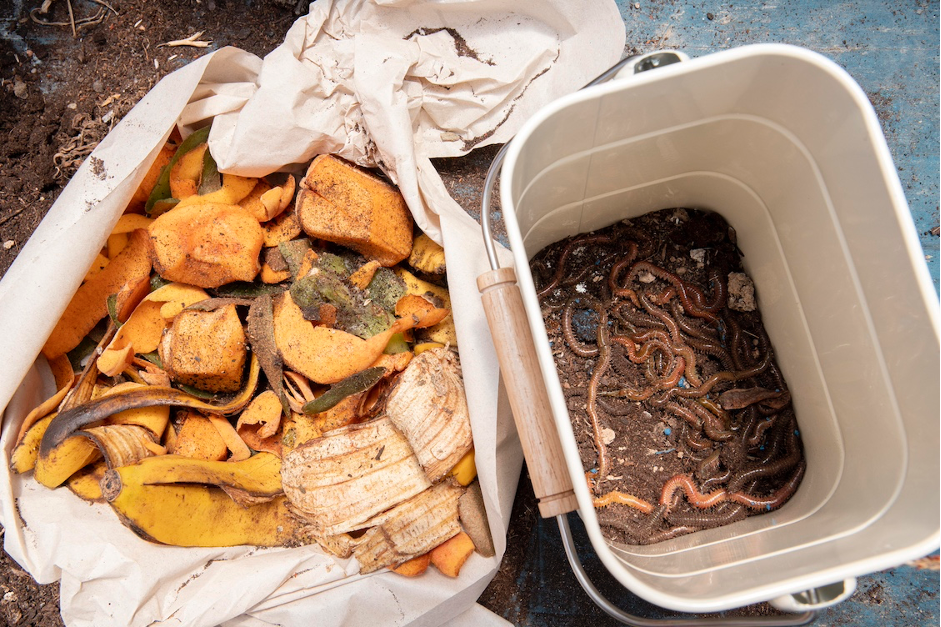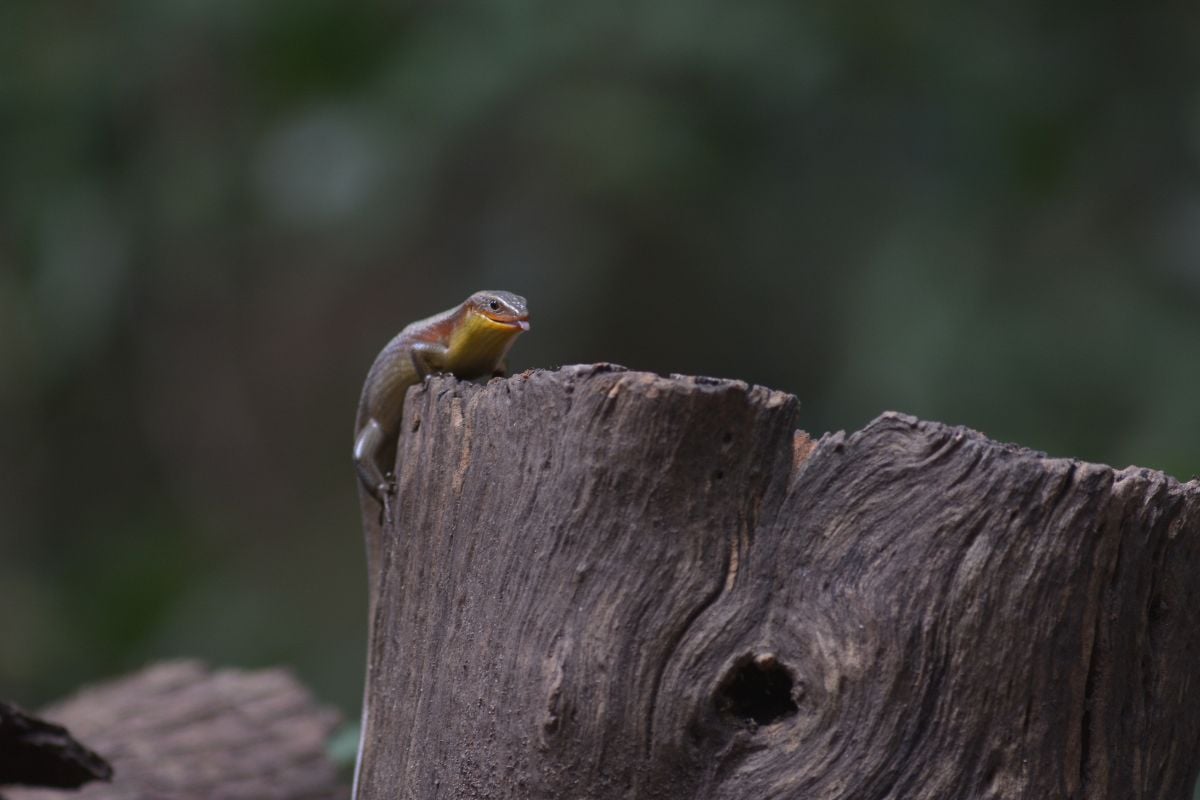There are several efficient ways when it comes to managing both indoor and outdoor worm bins. There’s providing compost worms with a home that they can comfortably stay in; as well as providing them with a fresh stock of moist organic bedding materials regularly. Other than that, you’ll also know that harvesting worm castings, worm eggs, and composting worms also play big roles when keeping the bin well-maintained.
Providing a suitable environment for the worms
Worms will continue to thrive, multiply in number, and produce rich castings if they were to be kept in an environment where they’ll feel most at home. So it would be best to place them inside a bin that closely resembles their original habitat (whether these will be used as outdoor or indoor worm bins). That’s why organic bedding materials are essential when creating a worm farm.
Fill your worm bin with bedding stuff (presoaked newspaper shreds, cardboard, dead leaves, soil), and have these piled up to not more than 3 to 5 inches high (ideal for composters that are 12-18 inches deep). Also spray some water into these so that you may be able to create a moist worm bed. It’s also crucial that you keep the bedding moist, as worms always rely on this kind of consistency (worms only breathe through their damp skin as they’re born without lungs). Keeping your worms where the bin contents are too dry (may cause skin irritation) or too wet (may cause the worms to drown) can actually end their life.
Now, also keep your worms where there’s room temperature (the ideal temperature is 60-80 degrees Fahrenheit). And make sure that you keep them away from direct sunlight, unless you want them to start crawling out of their bin.
Harvesting worm castings and compost worms, and changing the worm bedding all at the same time
If you’re willing to get your hands dirty, then harvesting castings from worms can be made simple. And one way of collecting these valuable compost is to segregate the worms from their castings. Although this may take some time, you can start by scooping a few handfuls of your bedding from your indoor or outdoor worm bins, and have these transferred into a flat surface. You’ll be able to create a small pile afterwards, for which you’ll have to set aside. You’ll then have to put in some organic food scraps close to the pile as this will help attract the worms to crawl out of the bedding materials. This may take a bit of time, but it sure works when you’re also aiming to harvest compost worms manually. You may also start changing the bedding while the worms are away. At least you’ll know that the compost worms will not be disposed of by accident.
How to harvest worm eggs
Gathering worm eggs will require some effort on your end especially if these are coming from the worm bins. Again, you’ll need a flat surface for where you can place finished compost. You’ll also need containers for where you can brush the compost into, and where you can transfer the eggs to. Brushing through the compost will help you locate and remove the worm eggs (typically looks like seeds that are yellowish in shade). Also try working on one layer after another so that you also avoid sweeping the worms (there’s a big chance that you may still have worms present in the compost).








